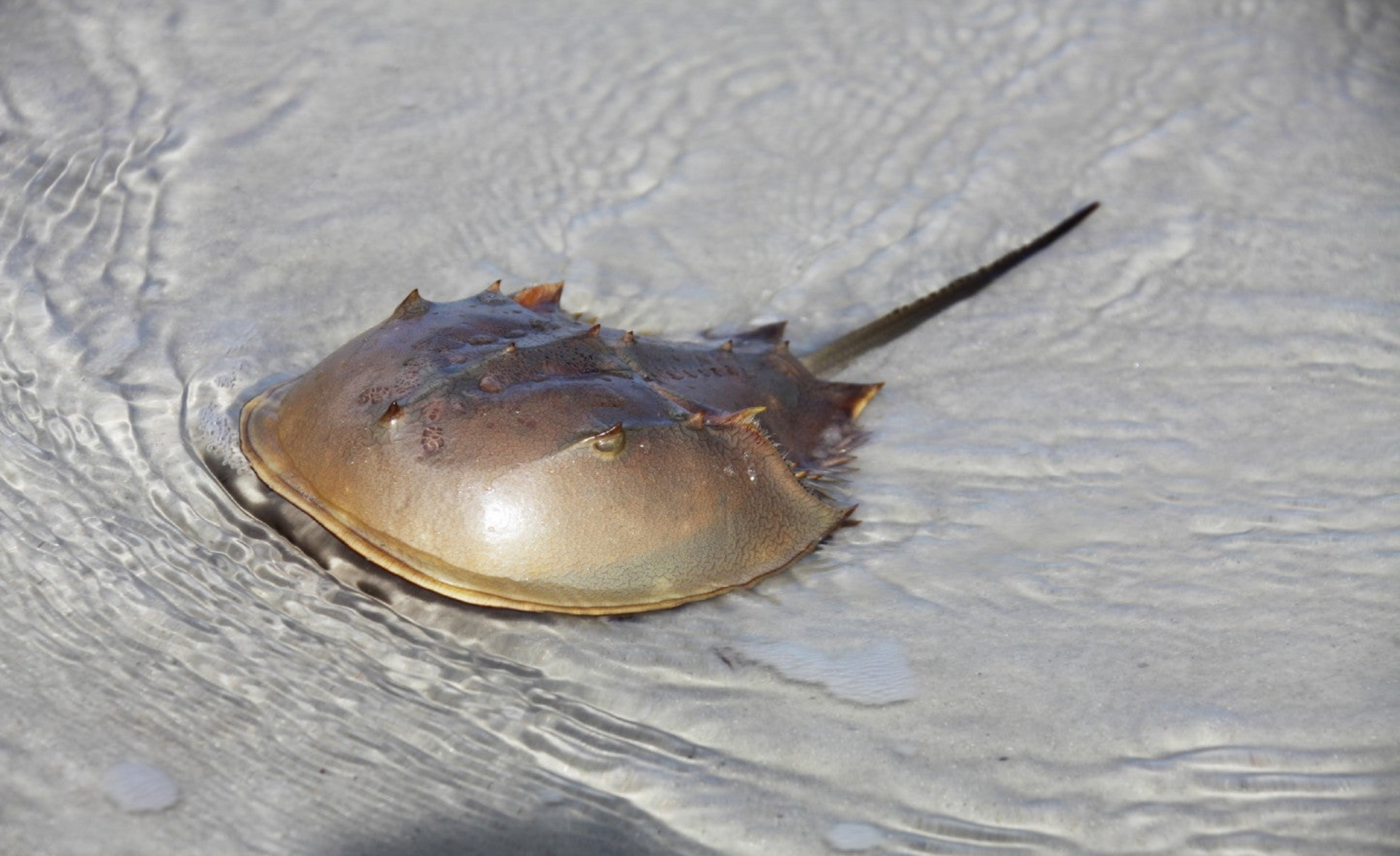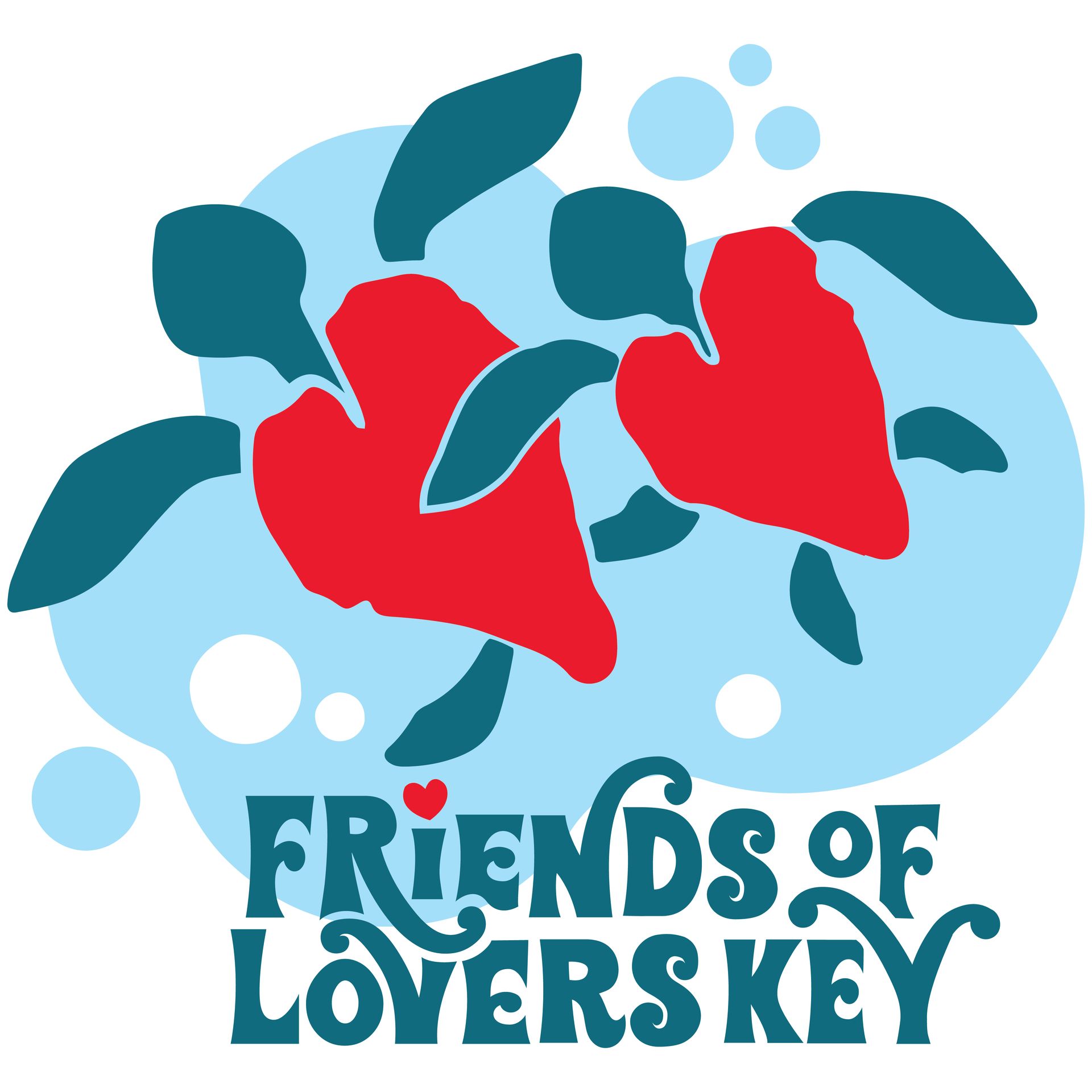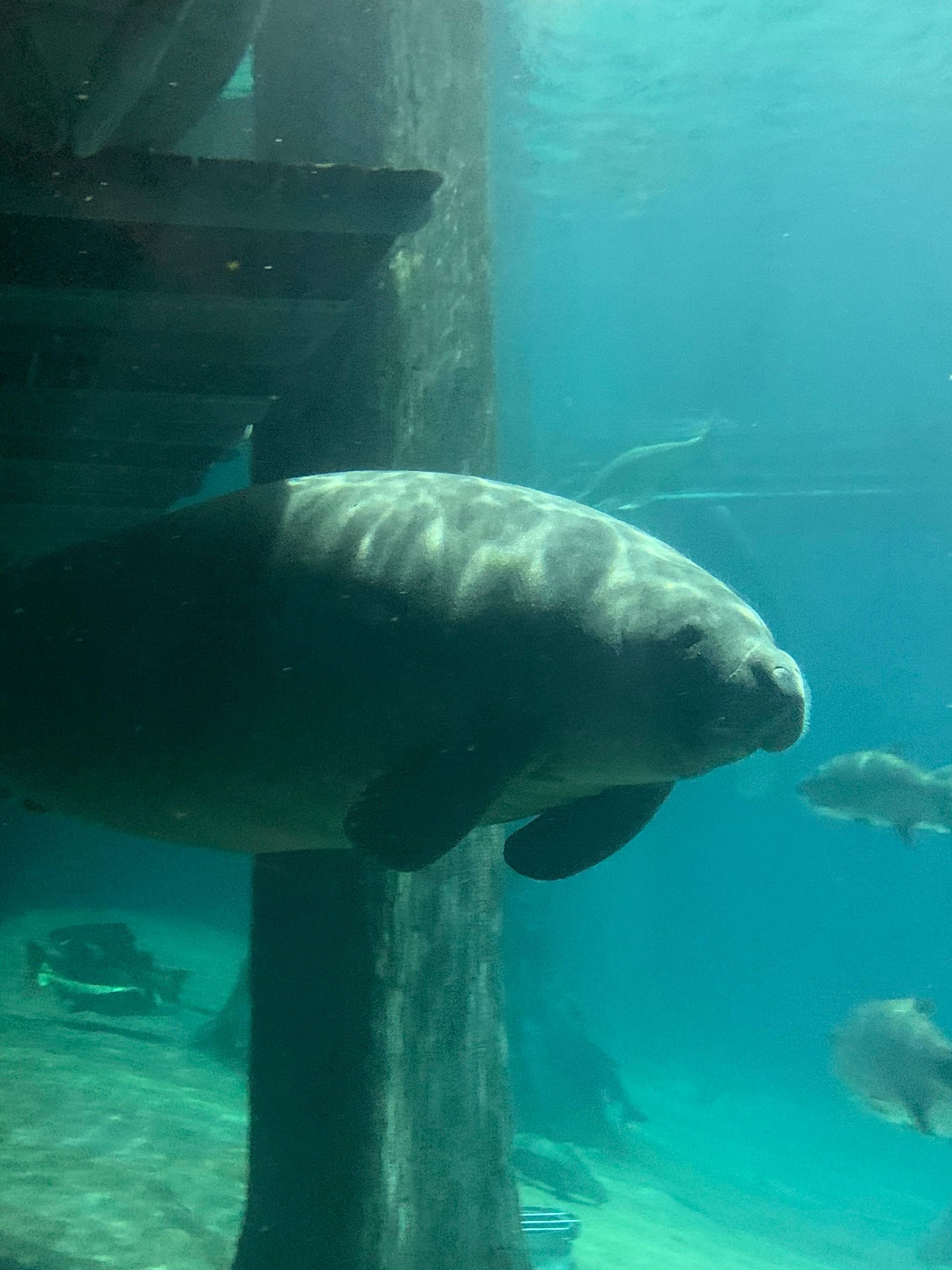Landscaping with Resilience: Lovers Key's Landscape Transformed After Hurricane Ian
The enchanting beauty of Lovers Key State Park, with its pristine beaches, lush mangroves, and diverse wildlife, is a treasure that many hold dear. But nature, while breathtaking in its ability to create, also has the power to destroy. Hurricane Ian, which struck in 2022, devastated much of the landscape on this beloved barrier island. The storm, with its ferocious winds and flooding rain, left behind a transformed landscape, a challenge, and an opportunity for rebirth.
One of the key organizations leading the charge in restoring the beauty of Lovers Key is Friends of Lovers Key (FOLK),a passionate group dedicated to preserving and enhancing the park. We had previously worked with a landscape architect to beautifully landscape the Welcome and Discovery Center grounds, integrating plant species that reflected the natural biodiversity of the entire park. The goal was to create a space that felt like an extension of the island’s natural landscape, rich in native plants that support local wildlife and preserve the area's natural character.
However, no one could predict the destructive force of Hurricane Ian. When the storm hit, it flooded the entire island with over 10 feet of saltwater for more than five hours. This deluge of saltwater, which inundated the landscape, wreaked havoc on the carefully designed plantings. The lush gardens, including the beloved butterfly gardens, were destroyed, leaving a barren landscape in their wake. The restoration process would not only involve rebuilding but also rethinking how to adapt to the ever-present threat of future storms.
The Resilience of Nature
The story of Lovers Key's restoration is one of resilience and renewal, a testament to the incredible power of nature and the dedication of those who care for it. The challenge was clear: how do you rebuild after such devastation while making the landscape even more resilient to future storms and floods?
This led FOLK to seek out new solutions. We turned to Frank Maldonado, the owner of Duramen Landscaping, a landscape expert known for his deep understanding of local ecosystems and his ability to plant landscapes that thrive under challenging conditions. Frank’s challenge was to work only with the plants that had survived the saltwater, those that were strong enough to endure the storm’s wrath and the salt-laden floodwaters.
The Saltwater Survivors
One of the most pressing aspects of the new design was identifying the plants that had managed to survive Hurricane Ian’s salty inundation. While many of the Welcome and Discovery Center's original plantings were destroyed by the flooding, there were still some species that had proven themselves resilient to the harsh conditions. These plants—native species that have adapted to the island's coastal ecosystem—became the foundation for the new landscaping plan.
By focusing on these survivors, Frank and his team were able to create a sustainable landscape that reflects the true character of Lovers Key. Plants like Green Buttonwood, Silver Buttonwood, Sea Oxeye Daisy, Muhly Grass, Mimosa and Cabbage Palms became central elements of the design. These plants not only thrive in the salty, coastal environment but also provide essential habitats for wildlife, such as birds, butterflies, and other pollinators, which are crucial to maintaining the island's ecological balance.
For the butterfly gardens, a beloved feature of the Welcome and Discovery Center, Frank’s team had to get creative. These vibrant, colorful spaces that once teemed with butterflies and pollinators had been completely wiped out by the saltwater. Going forward, FOLK has decided to plant butterfly-friendly species in elevated planters and other containers that can be moved to higher ground should floodwaters threaten again. This innovative solution allows the beauty and ecological function of the butterfly gardens to be preserved while minimizing the risk of future damage.
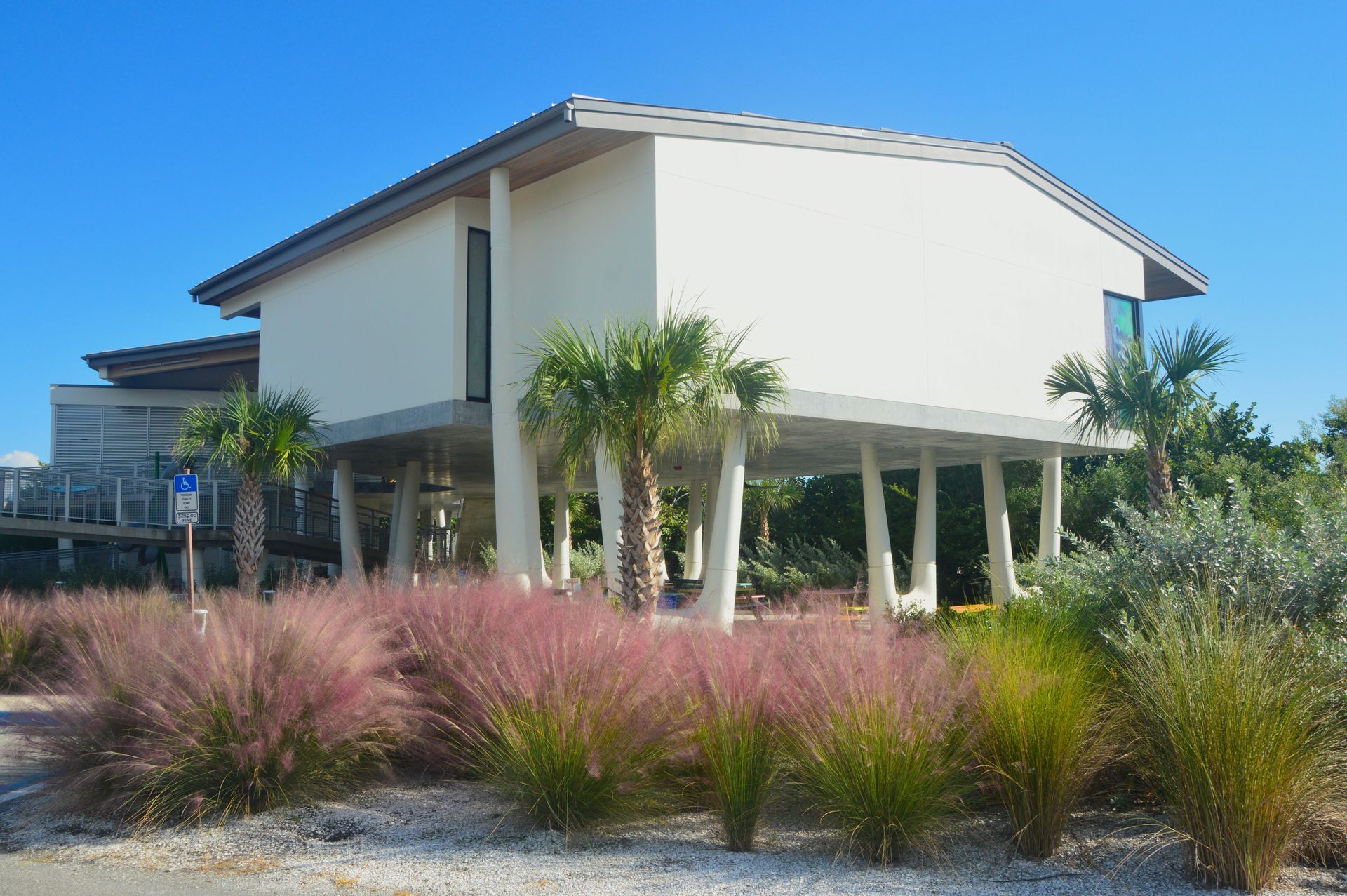
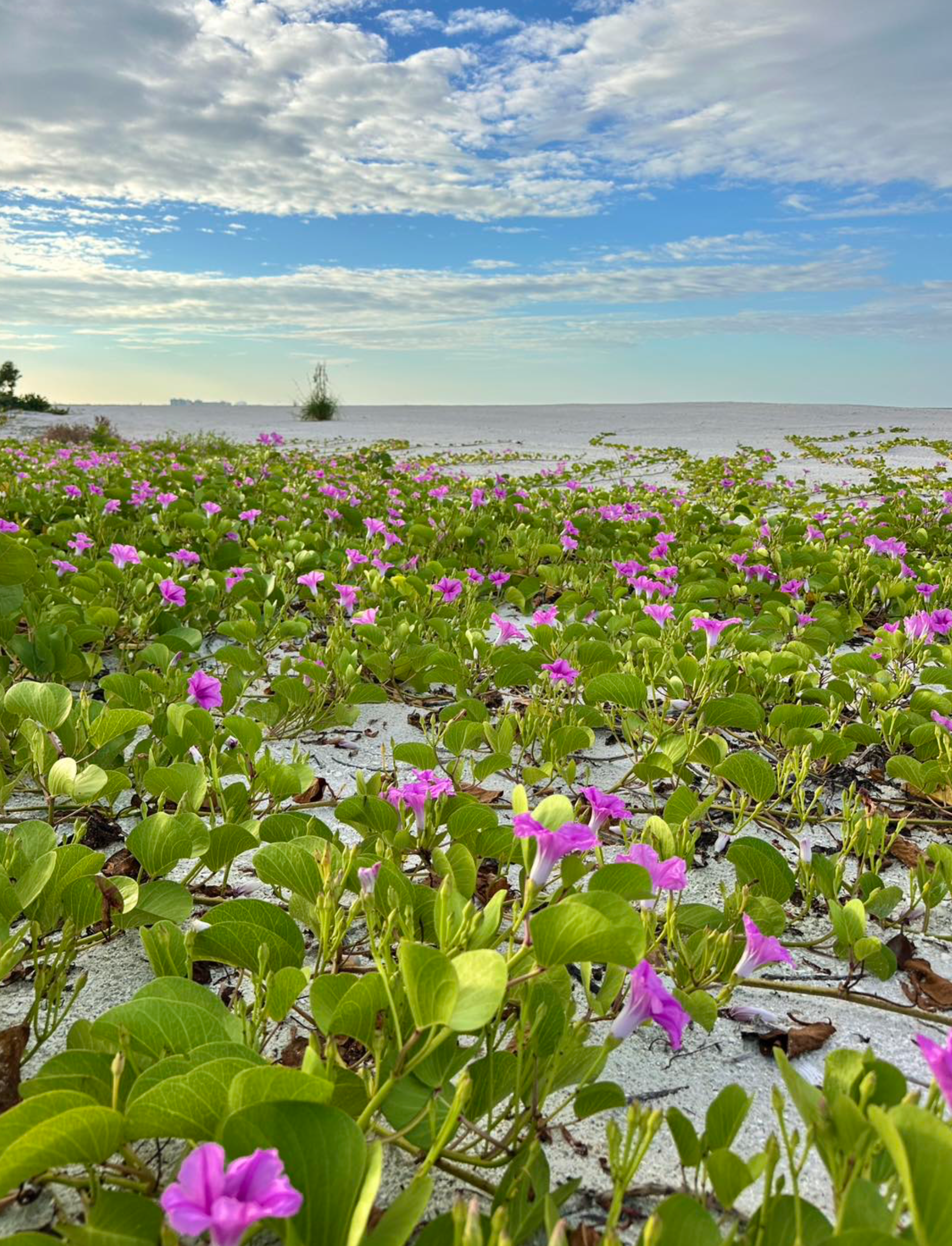
The Elevated Planter Solution
The idea of using elevated planters as a strategy for protecting vulnerable plants from floodwaters is a brilliant one, and it is indicative of the forward-thinking mindset that drives FOLK’s restoration efforts. By raising plants above the anticipated flood levels, these planters offer a buffer between the plants and the water, keeping the root systems safe from the destructive effects of saltwater inundation. In addition, the planters themselves are portable, meaning they can be moved to higher ground or other sheltered areas in preparation for future storms.
This approach not only provides a practical solution to the problem of saltwater flooding but also enhances the overall visitor experience. Elevated gardens can create more visually interesting, interactive spaces where visitors can engage with the environment in new ways. The butterfly gardens, for example, can be showcased in beautifully crafted, movable planters, allowing guests to enjoy their beauty while also learning about the resilience of native plants and the importance of protecting pollinators.
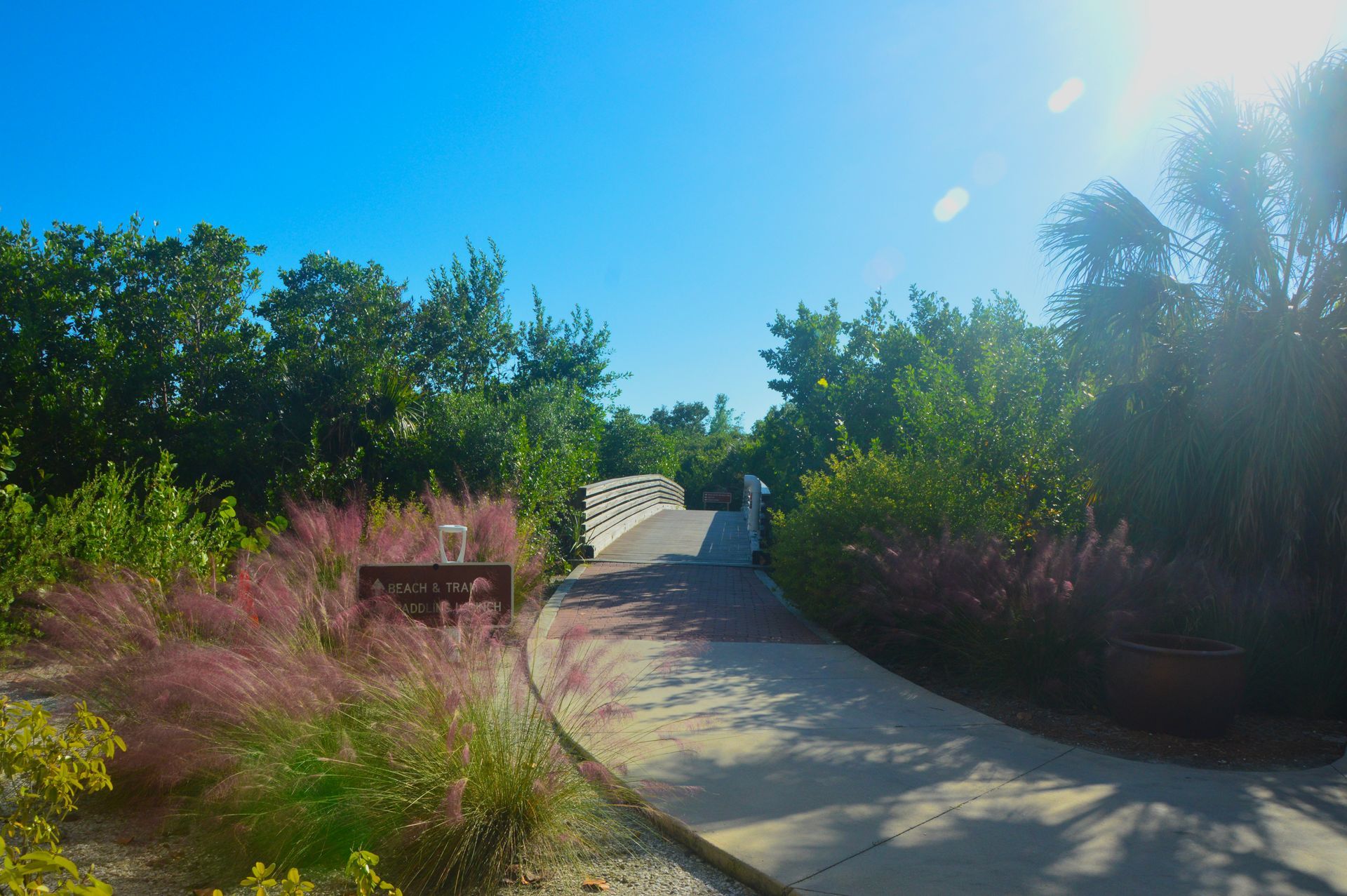
A Focus on Sustainability
The restoration efforts at Lovers Key are not just about returning the park to its previous state—they are about creating a sustainable future for the landscape and its ecosystems. The plants chosen for the restoration are all native species that are well-suited to the local climate and soil conditions. These plants are drought-tolerant, salt-tolerant, and adapted to the island’s unique environmental challenges. By prioritizing native plants, the project helps to preserve the region’s biodiversity, improve soil health, and provide habitats for the island’s diverse wildlife.
Moreover, the design process also took into account the need for the park’s landscape to adapt to future changes in the environment. With sea levels rising and extreme weather events becoming more frequent and intense, it is essential that Lovers Key's landscape be resilient to the ongoing impacts. The use of flood-resistant plantings, movable garden structures, and sustainable landscaping practices ensures that the park can continue to thrive even in the face of future storms and challenges.
Community Involvement and Education
One of the most rewarding aspects of the restoration project is the way in which the community has rallied around it. FOLK, with the help of volunteers, donors, and supporters, has been able to make significant strides in restoring the park. The project has not only provided an opportunity for environmental recovery but also for public education. Visitors to the Welcome and Discovery Center can now learn about the challenges of landscape restoration in the face of hurricane tidal surges and the importance of choosing resilient, native plants.
Workshops, volunteer days, and community events are being planned to engage local residents and visitors in the restoration process, ensuring that the park remains a vibrant, living space for generations to come. The success of the restoration project has also helped to raise awareness about the need to protect coastal ecosystems, which are often the first line of defense against storms, erosion, and sea level rise.
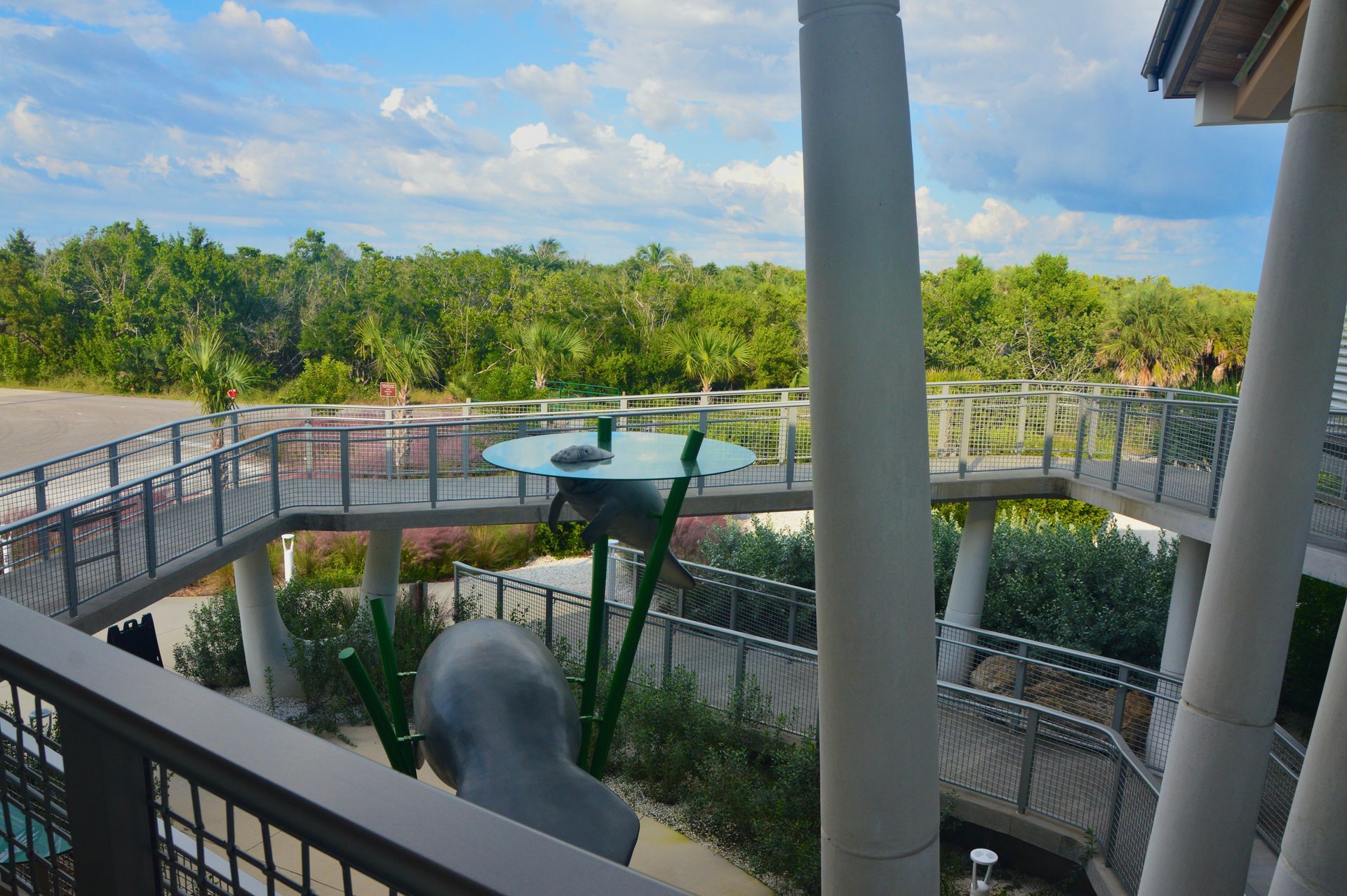
Looking Ahead: A Bright Future for Lovers Key
While the scars of Hurricane Ian are still visible in some parts of the island, the restoration of Lovers Key State Park is a testament to the power of nature and the resilience of the people working to protect it. The innovative design, led by Frank Maldonado and supported by the Friends of Lovers Key, has ensured that the park’s landscapes are not only restored but reimagined for a future that is more resilient and adaptable to changing environmental conditions.
With elevated butterfly gardens, salt-tolerant plants, and sustainable landscaping practices, Lovers Key is well on its way to becoming a model of environmental restoration and resilience. The future of this beautiful park is brighter than ever, and as the landscape heals, it will continue to inspire visitors with its natural beauty, its rich biodiversity, and its message of hope and perseverance in the face of adversity.
As nature continues to reclaim the land, the Friends of Lovers Key remain dedicated to ensuring that Lovers Key State Park remains a place of wonder, education, and inspiration for all who visit. The island's transformation is not just about the plants and flowers—it is a story of community, of adaptation, and of the enduring power of nature’s resilience.
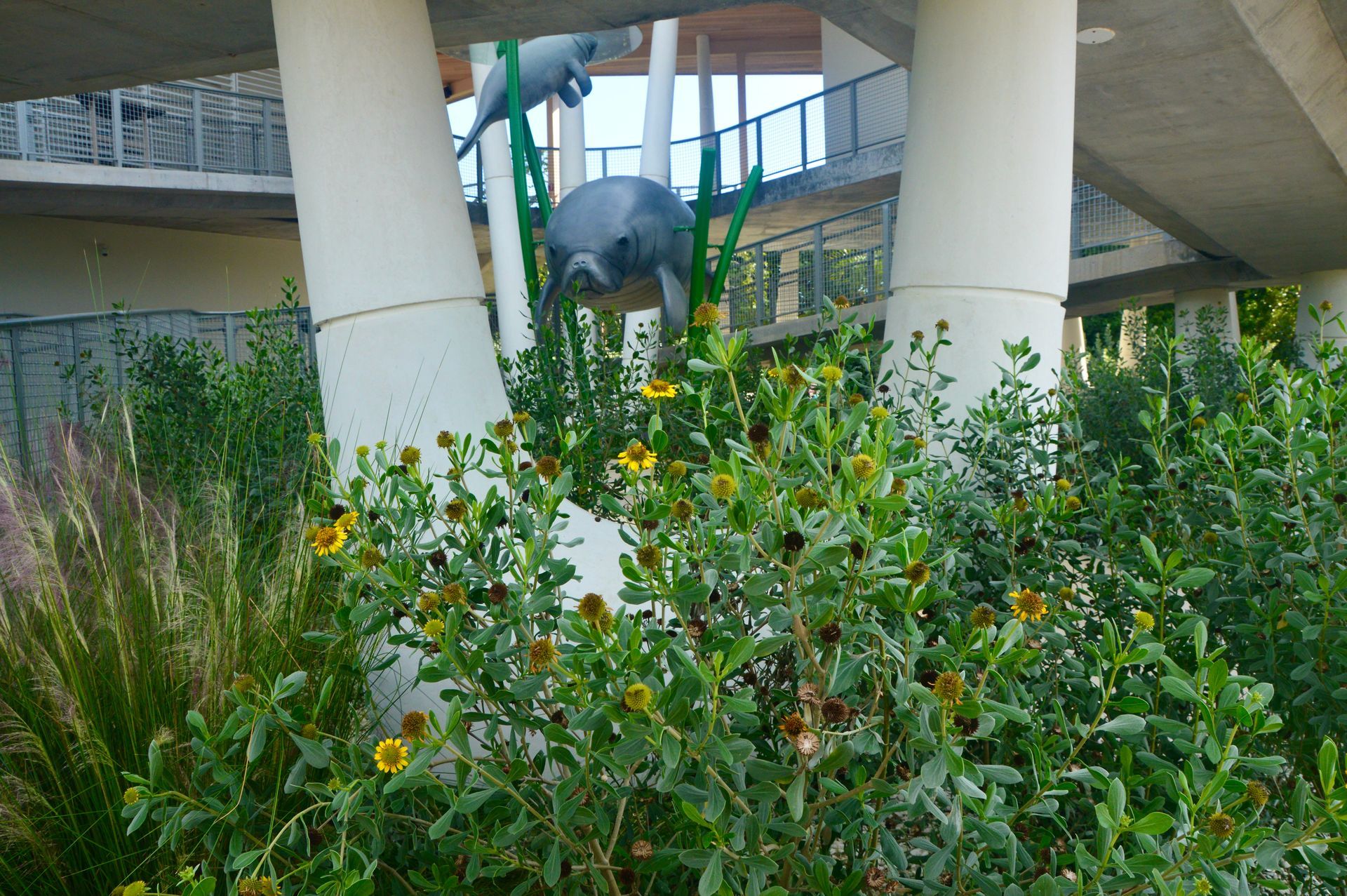

Share This Article
